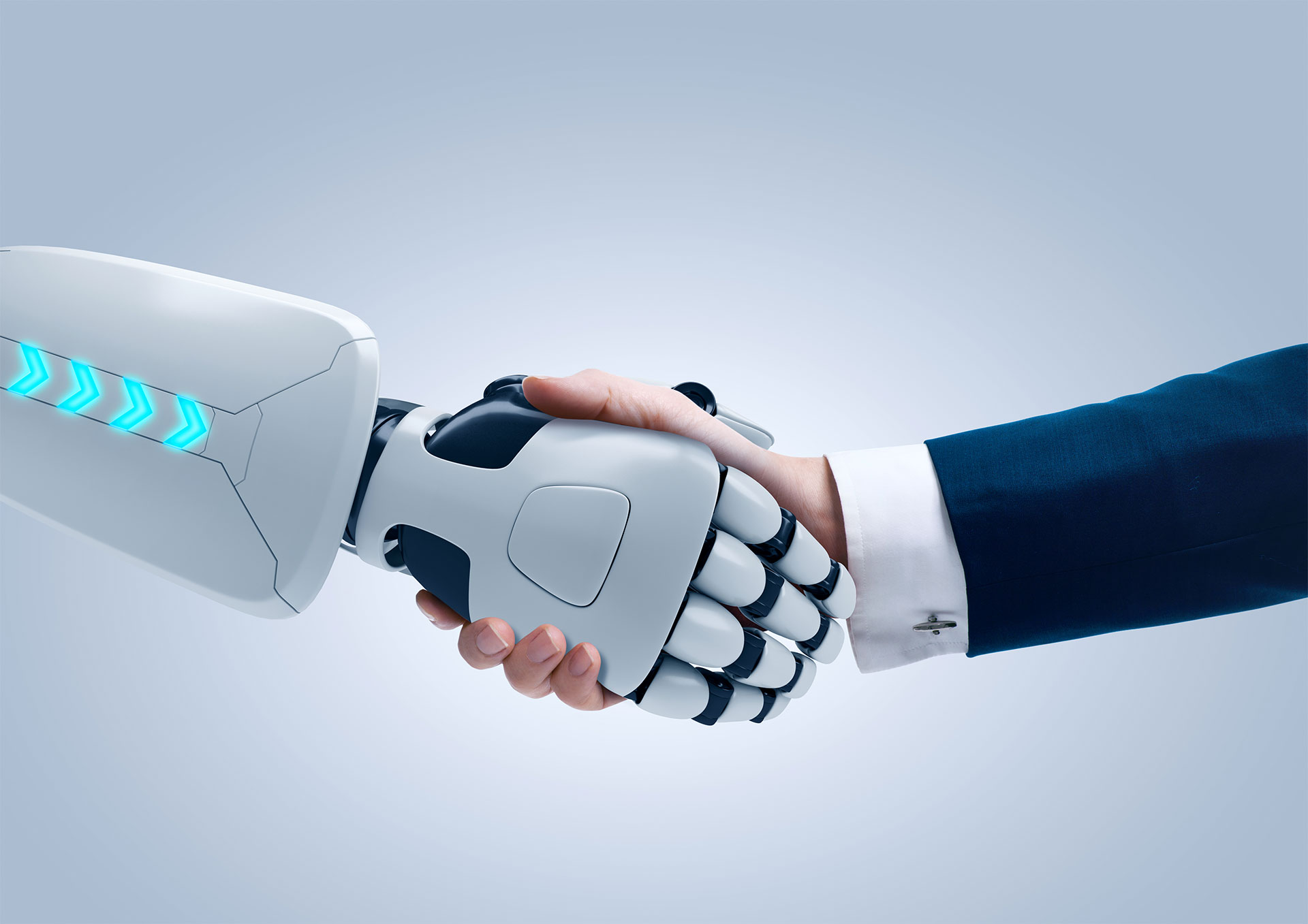LED lights have tremendous advantages over other grow lights. In fact, many people call them the next gen lights that are revolutionizing the world of indoor gardening. They are extremely power efficient and cost effective. Plants grow healthier and give bountiful yields. However, in order to use LED grow lightsto their full potential and maximize your yield, you need to keep certain things in mind, especially if you have been using HID lights before. Here are some tips that you can use to get a better yield with LED grow lights:
Regulating Water Supply:
All plants need water to grow. Although the amount of water required varies from plant to plant, generally all plants wither if they receive little or too much water. The amount of water that a plant needs mainly depends on the temperature in which they are growing. If the plant is growing in a hot environment it will need more water as plants, just like animals release water to cool off through a process called transpiration. As the temperature increases, the process of transpiration will also elevate and plants will require more water. When you use HID grow lights, you need to give your plants an extra dose of water as these lights produce a lot of heat and increase the temperature of the grow room. With LED lights, you need to do the opposite; as LED lights produce little or no heat the temperature of the room remains normal and plants do not release a lot of water. Giving your plants too much water with LED lights can lead to cell lysis hence damaging the plant. You need to only give a certain amount of water that is required by the plant.
Adjusting the Color Ratio:
As compared to other grow lights, with LED lights the spectrum can be formulated to maximize the growth of the plant. This means that you can provide the plants with the accurate light spectrum as required during different stages of growth. This particular feature of LED lights can be extremely beneficial when done correctly.
Keeping the Plants Closer To the Light:
Another big mistake that many plant growers make while using LED lights is that they place light away from the plants. Many people who shift from HID to LED lights generally make this common mistake which costs them their yield. As mentioned, HID lights produce a lot of heat because of this these lights need to be placed away from the plants. Also, HID lights are much more intense than LED lights and can badly damage the plants if placed close to them. LED lights on the other hand need to be placed closer to the plants in order to be effective. The ideal distance will vary depending on the strength of the LED light, but generally 1-2.5 feet is the range of distances from the light to the top of the plants for optimal growing.
Installing Red Led Lights:
While the full spectrum LED lights can be customized, installing an extra unit of red can really boost your yield. During the vegetative stage, plants rely more on the blue light whereas they need more of the red light during the flowering stage. Plants need to be provided with an accurate ratio of light in order to make a transition from the vegetative stage to the flowering stage. As plants are not growing in their natural habitat, a customized light spectrum will really help the plants to grow effectively.
LED lights are low maintenance, power efficient and cost effective lights that are also eco friendly and have a positive impact on the environment. LED lights such as the ones by Dorm Grow help you produce a great yield with healthy plants. In order to have greater success in your indoor garden follow the tips in this article and watch your plants thrive under your LED grow lights.


